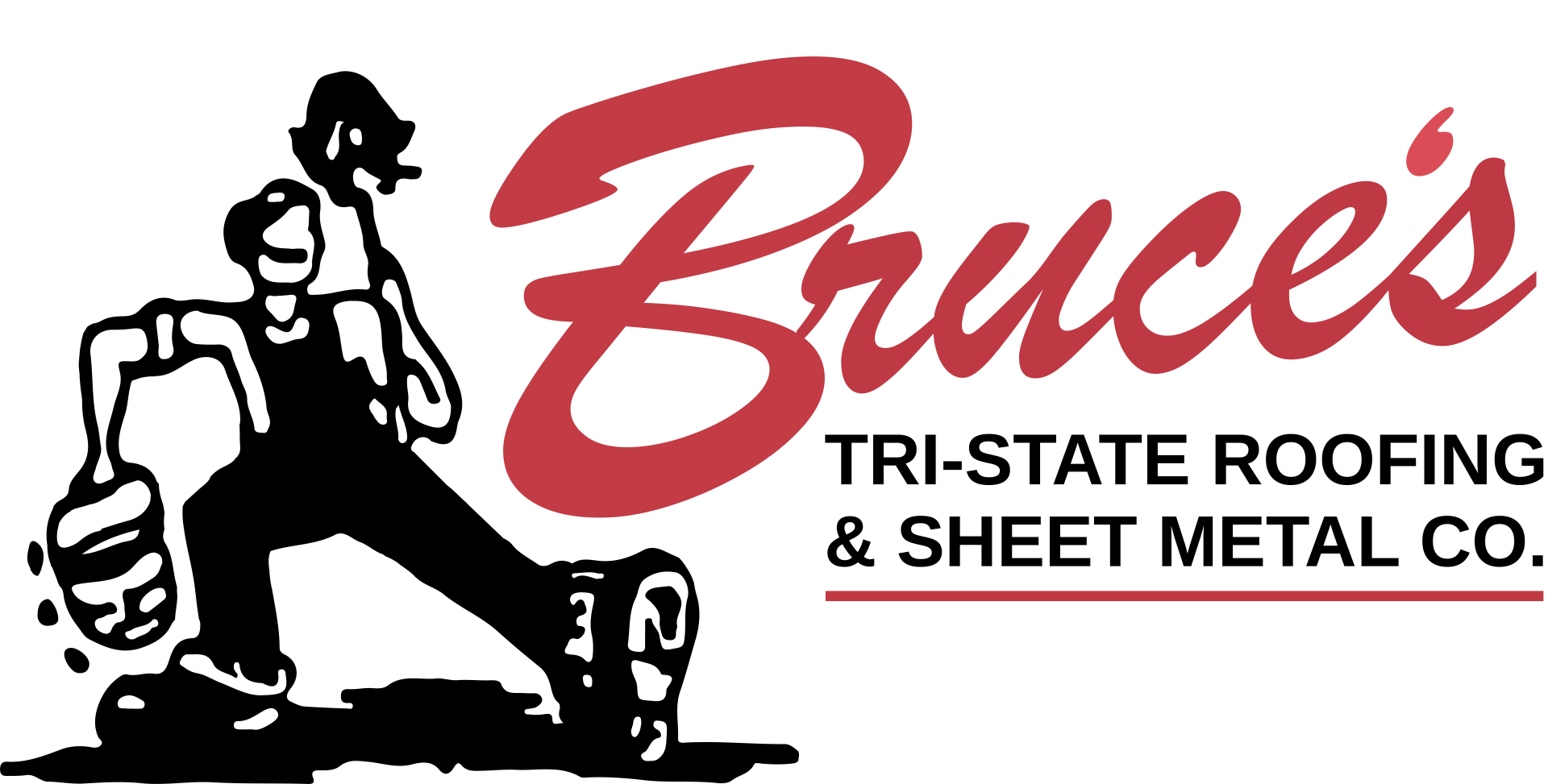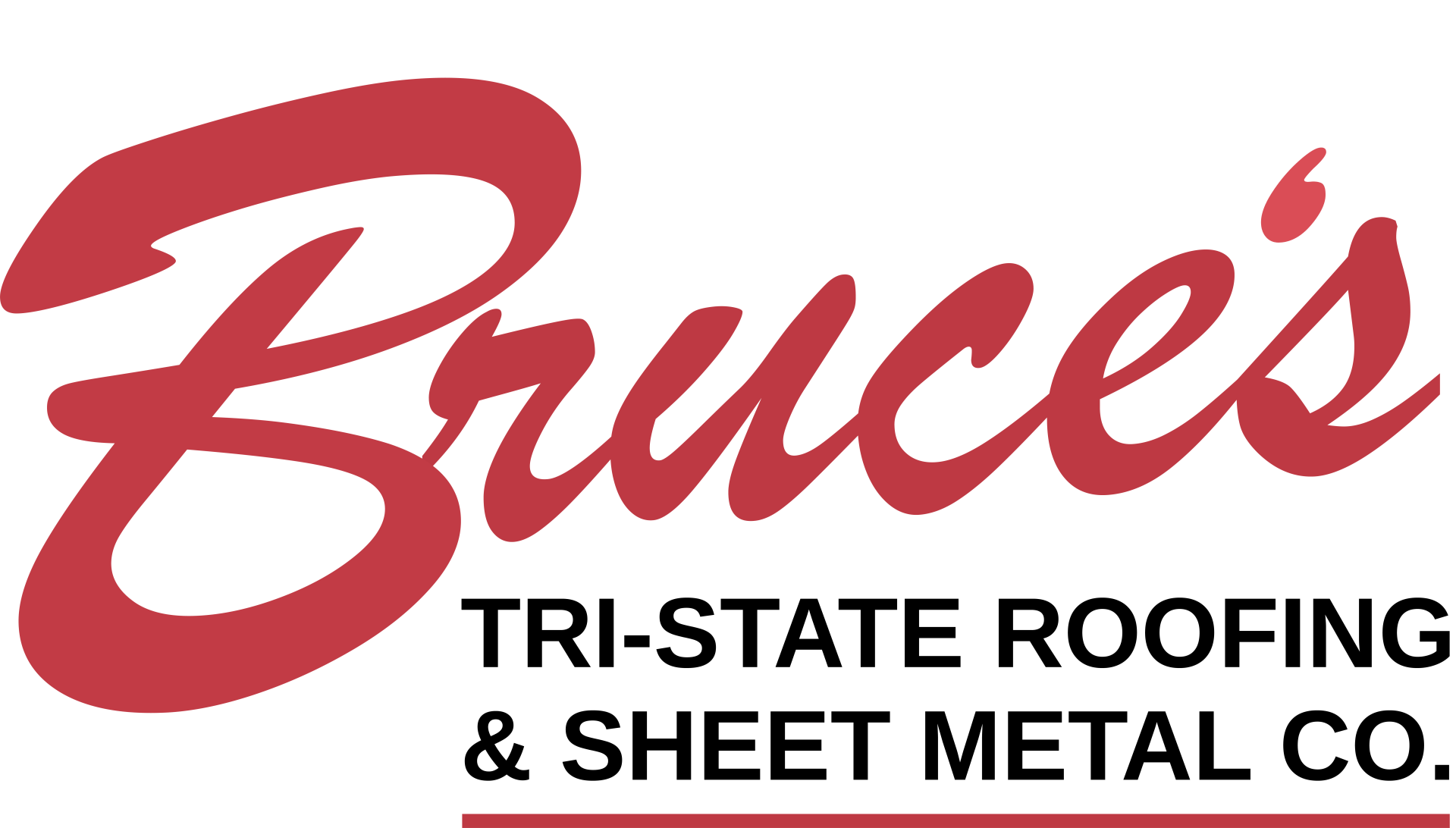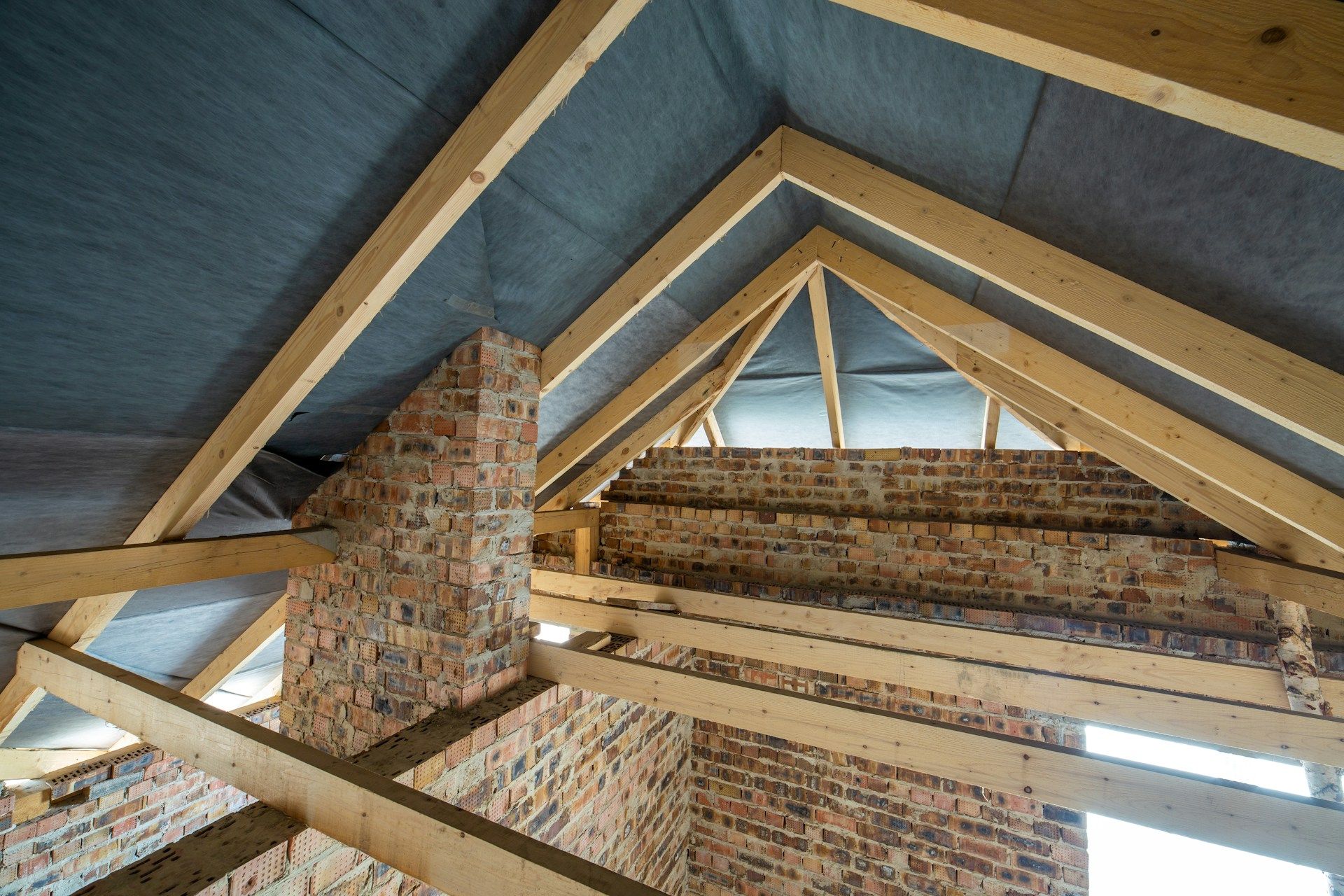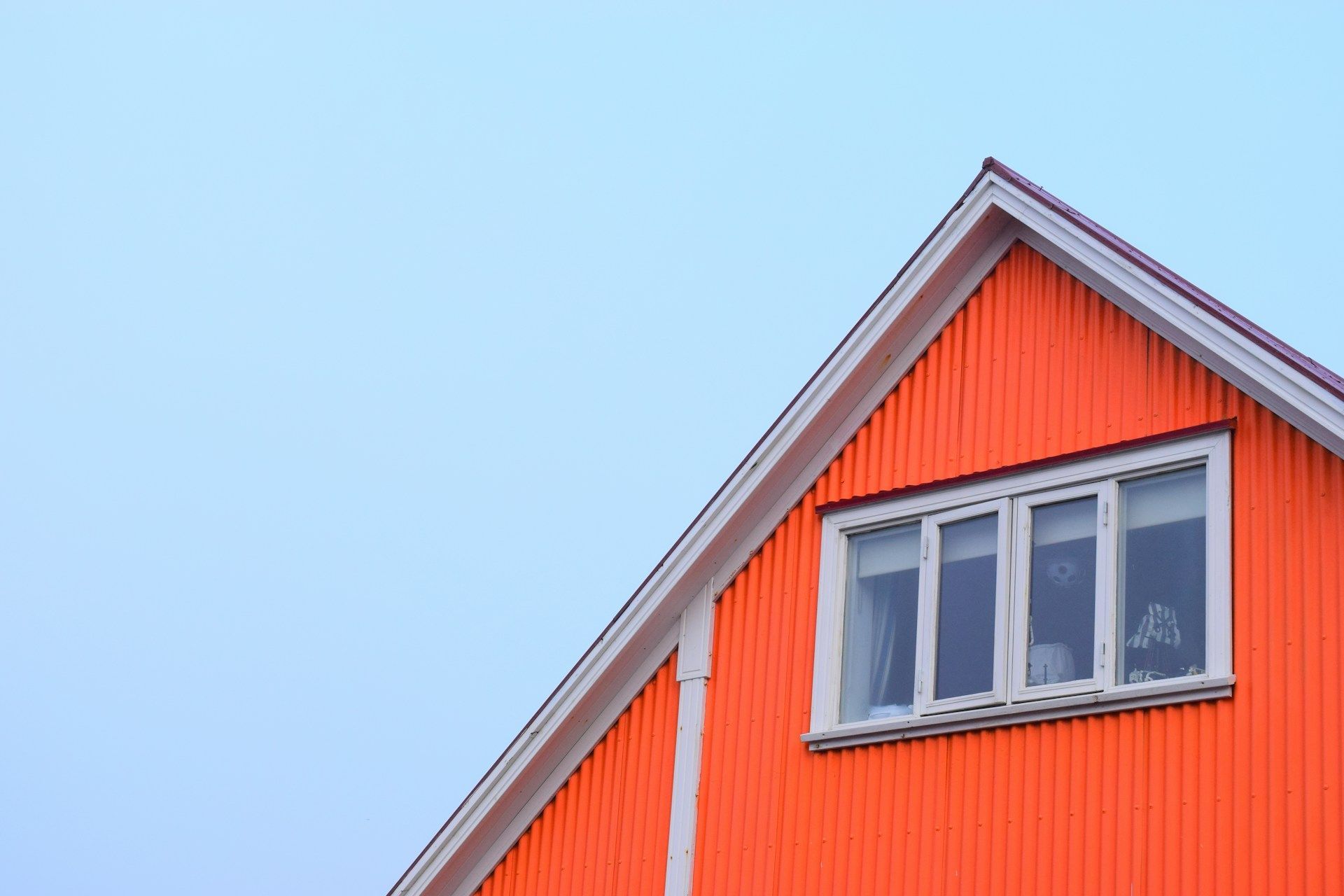Keeping your home warm in the winter and cool in the summer starts with having the right roof insulation. Insulation acts like a blanket for your home, trapping heat during the colder months and keeping it out during the heat of summer. This not only makes your home more comfortable but also helps lower your energy bills.
Choosing the best insulation for your roof might seem tricky with so many options out there. Each material has its own set of benefits and considerations that can make a big difference in how well it performs in your specific situation. Learning about these options helps you make a smart choice for your home.
A well-insulated roof plays a key role in maintaining a stable indoor temperature and improving energy efficiency. With the right guidance, you can select insulation that offers the best protection and savings for your home. Let’s explore what makes some insulation choices stand out and how they can benefit you.
Understanding the Importance of Roof Insulation
Roof insulation is crucial for maintaining energy efficiency and comfort in your home. Without proper insulation, heat can escape during cold weather and enter during warm weather, leading to higher energy bills and uncomfortable living conditions. A well-insulated roof acts as a barrier, reducing the amount of heat transfer and keeping indoor temperatures stable.
Insulation helps to protect your home from moisture. By preventing warm, moist air from condensing in the attic, it reduces the risk of mold growth and structural damage. This is particularly important in areas with fluctuating temperatures, where condensation can be a common problem.
Moreover, good insulation enhances your home's overall energy efficiency. This means less reliance on heating and cooling systems, which not only reduces your carbon footprint but also leads to cost savings on energy bills. It provides consistent temperatures, which contributes to a more comfortable living environment for you and your family.
In addition, insulation contributes to the lifespan of your roof. By managing the temperature differential between the interior and exterior, it minimizes thermal stress on roofing materials. Understanding these benefits underscores the critical role of insulation in creating a sustainable and pleasant home environment.
Comparing Popular Insulation Materials
When it comes to roof insulation, there are several materials to choose from, each offering unique benefits. Understanding these options can help you decide the best fit for your needs.
1. Fiberglass Insulation: One of the most commonly used, fiberglass insulation is affordable and effective at reducing heat transfer. It comes in batts or loose-fill, offering flexibility during installation.
2. Spray Foam Insulation: Known for its air-sealing properties, spray foam is excellent for covering hard-to-reach areas and creating a tight seal. It expands upon application, providing excellent thermal resistance.
3. Cellulose Insulation: Made from recycled paper products, cellulose is eco-friendly. It’s particularly effective at filling in gaps and providing dense coverage, making it good for reducing airflow.
4. Rigid Foam Insulation: This type is ideal for areas that need thin layers of strong insulation. It offers a higher R-value per inch compared to other types, making it perfect for maximum energy savings.
Understanding these materials helps you weigh considerations like cost, ease of installation, and thermal efficiency. It's important to consider your specific climate and roof structure when choosing the right material. Each type offers different pros and cons, so a thoughtful comparison will guide you in making the best choice for your home.
Factors to Consider When Choosing Insulation
Choosing the right insulation for your roof involves more than picking a material. It's essential to consider several factors to make the best decision that suits your unique needs and conditions.
First, consider the R-value, which measures an insulation's ability to resist heat flow. A higher R-value means better insulating power. Your geographical location greatly influences the R-value you need, as colder climates require higher R-values to maintain indoor comfort.
Think about your budget. While some insulation types might have a higher upfront cost, their longevity and energy-saving potential could make them more economical in the long run. Compare the cost-benefit of each option to find the right balance.
Environmental impact is another factor. If being eco-friendly is important to you, look for insulation made from recycled materials or those that offer significant energy efficiency.
Also, consider the installation process. Some materials are easier and quicker to install, which can drive down labor costs. Others might require professional installation due to complexity. Assess whether you plan to DIY or call in an expert for the task.
Finally, check for fire resistance and moisture control features to enhance your home's safety and comfort. Make a well-rounded decision by weighing these factors before settling on the best roof insulation for your home.
Tips for Proper Insulation Installation and Maintenance
Proper installation and regular maintenance of roof insulation ensure it performs well over time. Here are some handy tips to get the most out of your insulation.
- Seal Gaps and Cracks: Before installing any insulation, seal all gaps and cracks in the attic and roof. This prevents air leakage and maximizes insulation efficiency.
- Install a Vapor Barrier: In areas where moisture is a concern, install a vapor barrier to prevent condensation from damaging insulation materials.
- Follow Manufacturer Guidelines: Always follow the manufacturer’s instructions for installation to avoid voiding warranties and ensure the material works as intended.
- Check Attic Ventilation: Proper ventilation in your attic helps keep moisture levels down, which prolongs the life of your insulation and the roof structure.
- Inspect and Replace When Needed: Routinely check your insulation for any signs of wear or damage, such as settling or moisture exposure. Replace it as needed to maintain efficiency.
- Keep Insulation Evenly Spread: This prevents cold spots and ensures consistent temperature control throughout your home.
Regular maintenance ensures that insulation continues to provide optimal thermal resistance and comfort. Adhering to these tips helps you keep your home energy-efficient and your roof in prime condition throughout the year.
Conclusion
Choosing the right roof insulation is a critical step in making your home energy-efficient and comfortable. By understanding the importance of insulation, comparing materials, and considering key factors, you can make an informed decision that benefits you in the long run. Proper installation and regular maintenance further ensure the performance and integrity of your insulation, protecting your home from energy loss and moisture damage.
When you're ready to upgrade or install new insulation, Bruce's
Tristate Roofing is here to help. Our team of experts can guide you through the process, offering professional services and insight to meet your home's specific needs. Don't leave your comfort to chance—trust us to keep your home cozy and efficient all year round.





